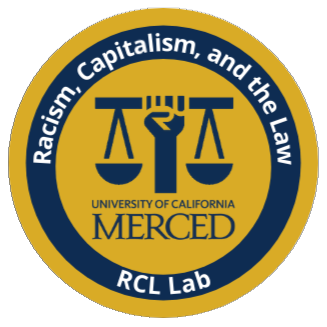Abstract
In W.E.B. Du Bois’ Souls of Black Folk, he argued that the problem of the 20th century in the United States was the problem of the color line. Given that de facto and explicit racial discrimination persist, anti-immigrant rhetoric is intensifying, and legal status has become more salient, we argue Du Boisian theory remains relevant for understanding social and political cleavages in the 21st century United States. The intersection of race, ethnicity, and legal status or “racialized legal status” represents a new variation of Du Bois’ “color line,” due to how these statuses generate cumulative disadvantages and exclusion for citizens and immigrants of color, particularly the undocumented. We begin with a review of Du Bois’ double consciousness theory, highlighting the marginalization of African Americans. Next, we apply double consciousness to the 21st century U.S. context to empirically demonstrate parallels between 20th century African Americans and the marginalization faced today by people of color. We close with a discussion about how double consciousness enhances our understanding of citizenship and has also generated agency for people of color fighting for socio-political inclusion in the contemporary United States.
